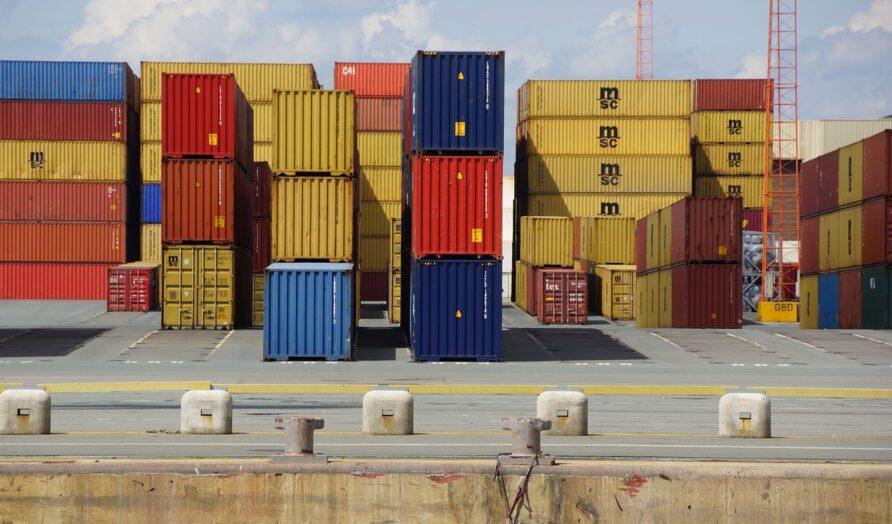The pandemic has strongly increased the online purchases of Italians. According to “The World after Lockdown” observatory curated by Nomisma[i] and Crif, which analyses the impact of the COVID 19 pandemic on citizens’ lives, involving a panel of Italians between 18 and 65 years, 37% of food shoppers increased spending on food products on online channels and 24% of Italians increased spending on non-food items. This new attitude has influenced the purchasing habits of consumers, giving a strong acceleration to the e-commerce trend: overall, considering all consumer goods, clothing, electronics and all other semi-durable goods ( large and small appliances, consumer electronics, toys, housewares, furniture and furnishings, brico, etc …), 70% of Italians between 18 and 65 have made at least one online purchase in the last year.
The impact on the logistic chain of the transformation of styles of consumption
The most direct and evident link between retail and logistics is represented by e-commerce but it is also true that there is an ever-greater propensity towards digitization in many different sectors.
The COVID 19 pandemic has accelerated the trends already underway, connections have increased, and we have all become e-commerce customers more than before. The logistic sector has consequently seen an exponential increase in the demand for spaces. Spain and Italy are expected to have the most significant impact as they had a relatively low percentage of online sales prior to COVID.
The most advanced logistics operators are facing this great growth in demand for logistics spaces in Italy by following three main drivers: 1) innovation, seen as sustainability and high automation of assets; 2) proximity to the infrastructural network and to consumption in order to avoid useless traffic; 3) new markets, the most requested locations are along the main Italian highways and in the Milan and Rome markets. However, there is an increasing interest and logistics development activities are growing both along the Adriatic coast and in the south of Italy.
The growth in online food shopping, in particular, is bringing out the demand for innovative projects from a real estate point of view, energy-efficient multifunctional logistics assets equipped with latest generation photovoltaic systems, warehouses with different temperature-controlled areas, parking with electric charging stations, a very different situation compared to traditional logistics warehouses.
The diversification of the demand for logistic spaces
The most active economic sectors in the demand for logistic spaces are the large-scale retail and the pharmaceutical sector, both looking for a growing number of properties characterized by high technology and automation.
A strong demand is also confirmed for traditional logistics, aimed at reclaiming modern buildings with great heights and many flaps to facilitate the loading and unloading of goods.
The growing sensitivity of investors towards ESG criteria is a further driver that pushes the development of the demand for logistics properties characterized by reduced energy consumption and low CO2 emissions, capable of generating clean energy and, where possible, promoters of a redevelopment of neighbouring areas.
Given the lack of available land in the vicinity of strategic areas, in particular for last-mile logistics, it is an almost obligatory prospect to envisage the reconversion, regeneration of disused buildings: indeed, there are numerous industrial warehouses now abandoned for years in the suburbs of many Italian cities that could be reconverted and usefully redeveloped also for the benefit of the surrounding area.
The increasing interest in the last-mile logistics
Various factors are the cause of the increasing interest of operators in the last mile logistics: the lockdown among all, with the inability to leave the house and shop in traditional stores, but also the increasing need of consumers to receive goods as soon as possible, after a few hours.
Investors are keenly looking to increase exposure in last mile logistics as they are interested on buildings that are nearby urban centers and are characterized by a high rate of connectivity given both by infrastructures and by public transport. The developments of these last mile logistics sites may certainly be an opportunity to redevelop urban areas with sustainable buildings. Despite the importance, in Italy the identification of logistics as intended use is not provided for by State law but is delegated to Regional legislation and above all to Municipal urban planning. It remains to be seen how the Italian Municipalities will approach to these increasing demands.
[i] https://www.nomisma.it/servizi/osservatori/osservatori-di-mercato/osservatorio-immobiliare/
